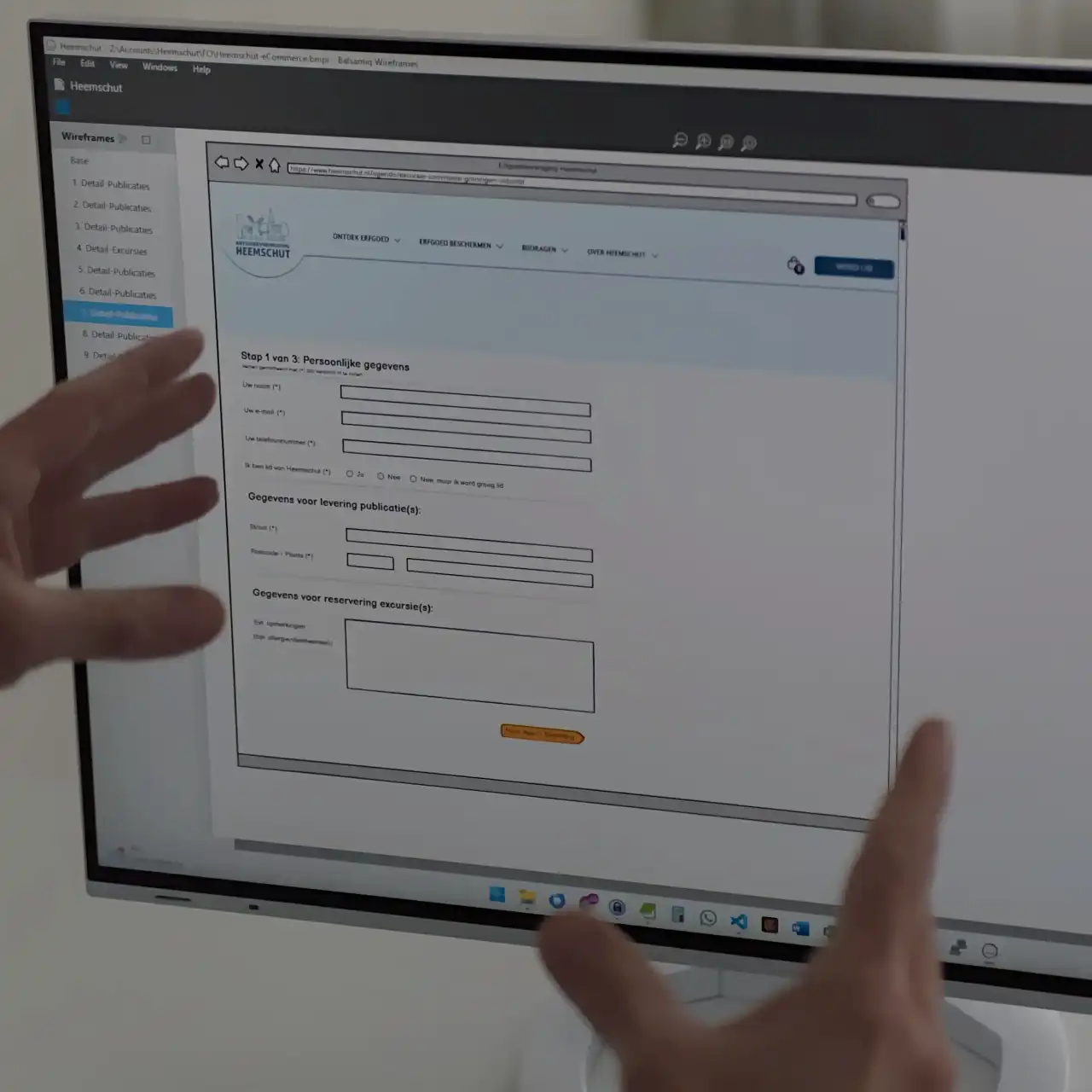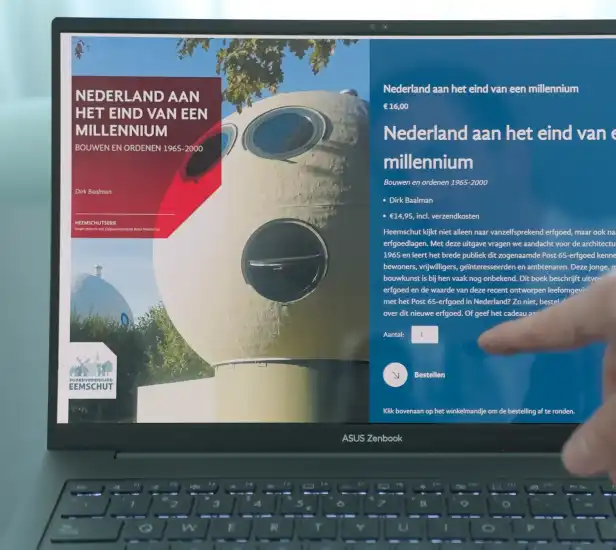Websites & Web Applications
How to Write a Clear Brief for Website Development
Jacco van den Berg
August 20, 2024

Writing a clear brief for your new website or web app
When you’re ready to develop or redesign your website, one of the most crucial steps is writing a clear and effective brief for the internet company you’re partnering with. Whether you're a profit or non-profit organization, a well-crafted brief will not only set the project up for success but also ensure the final result aligns with your goals. Here’s how to approach this process to ensure smooth communication and a result that meets your expectations.
1. Start with Your Objectives
The first step in writing a brief is to be clear about your goals. Why do you need this website? What specific outcomes are you looking to achieve? Are you focused on increasing engagement, driving donations, improving user experience, or better showcasing your services?
By clearly outlining your objectives, you give the development team a strong foundation to work from. Some key questions to address:
- What is the primary purpose of the website?
- Who is your target audience, and what actions do you want them to take?
- Are there specific business or organizational goals tied to this project (e.g., increased traffic, conversions, or donor engagement)?

2. Describe Your Organization
Help the development team understand who you are. A brief overview of your organization—whether profit or non-profit—will allow them to get a better sense of your mission, values, and brand personality. Include:
- A short description of what your organization does.
- The unique selling points (USPs) or key differentiators of your organization.
- Your brand’s tone of voice and core messaging.
This context ensures the website reflects your brand and resonates with your audience from the very beginning.
3. Define the Scope and Functionality
It’s essential to be specific about the functionality and features you want for your website. If you're looking for a custom website or web app, clearly list the key features that need to be included. Some examples might be:
- A content management system (CMS) to easily update your website.
- E-commerce capabilities if you're selling products or services.
- Donation or payment processing functionality if you're a non-profit.
- User accounts or member logins if the site includes an extranet for employees or key stakeholders.
- Integration with external tools or services (such as CRM systems, mailing lists, etc.).
Being as detailed as possible about what the site needs to do will prevent misunderstandings and ensure the development team delivers the exact functionality you require.


4. Provide a Visual and Brand Direction
Even if you’re not a designer, it’s important to communicate your preferences when it comes to the visual design of your website. Provide guidelines on:
- Brand colors and typography that should be used.
- Any existing brand assets (logos, imagery) that need to be incorporated.
- Design inspiration: websites you admire or that align with your vision.
This doesn’t have to be overly technical, but giving a sense of your visual style will help guide the creative direction.
5. Outline Your Content Strategy

What content will you be featuring on the website? A clear content strategy is vital for guiding the development process. This includes:
- A rough sitemap or page structure (e.g., Home, About, Services, Blog, Contact).
- Whether content already exists or will need to be developed from scratch.
- Any multimedia elements (images, videos, downloadable resources) that need to be integrated.
This will help the development team plan the user experience and design with your content needs in mind.
6. Set a Realistic Budget and Timeline
It’s important to be upfront about your budget and expected timeline. This allows the development team to propose solutions that fit within your parameters and ensures transparency from the start. Be clear about:
- Your total budget for the project (including any post-launch support).
- Your ideal timeline for completion, including key milestones (e.g., beta testing, soft launch, final launch).
If you have a tight deadline, explain why and discuss how it might affect the scope of the project. A good internet company will help you prioritize the most critical elements for launch and phase in additional features over time.
7. Explain Your Approval Process
Let the development team know how decisions will be made and who the key stakeholders are in the project. Clear communication about the approval process helps avoid delays and ensures the project moves forward smoothly. Consider:
- Who will be the primary point of contact for the project?
- How will feedback be gathered from internal teams?
- What are the key stages where approvals are required (e.g., design mockups, beta testing, final sign-off)?
A well-structured approval process allows the team to work efficiently and ensures the project remains on track.
8. Plan for Post-Launch Support
Websites need ongoing maintenance and support after launch. In your brief, address what kind of post-launch services you may need, such as:
- Training for your team on how to use the CMS or manage content.
- Maintenance plans for security updates, bug fixes, or performance optimization.
- Analytics and reporting to track the site’s performance and help guide future improvements.
Communicating your long-term needs ensures the site continues to meet your objectives well after launch.

Conclusion: Setting Up for Success
Writing a brief for website development is about clarity, precision, and collaboration. By giving the internet company a comprehensive understanding of your goals, brand, and requirements, you’re setting the stage for a successful partnership that delivers a digital solution aligned with your vision. Whether you’re a non-profit aiming to increase donor engagement or a business looking to boost conversions, a well-written brief ensures your website will meet your objectives and serve your audience effectively.
Bureau Berg specializes in helping organizations turn their digital ambitions into reality. From strategic planning to the final product, me and my team ensure that your website or web app not only aligns with your vision but drives measurable results. Ready to take the next step? Get in touch with us today.